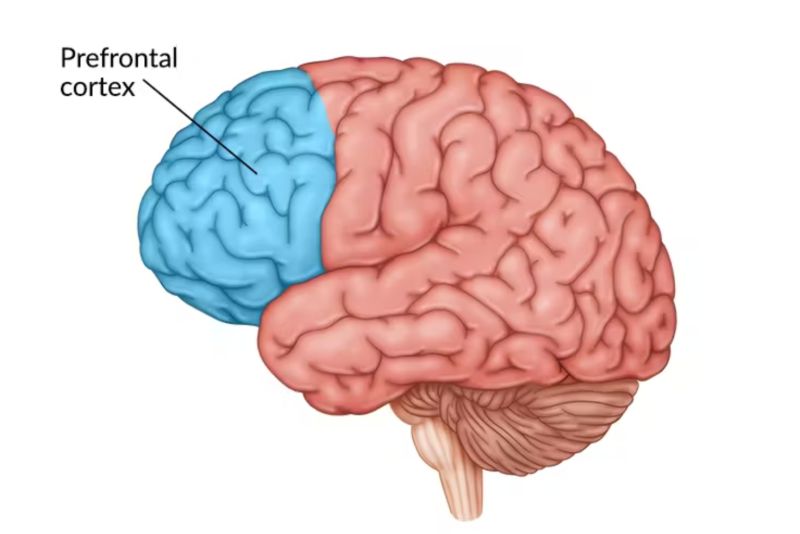How not to be a victim of organisational change
13th June 2025
Thanks to Ket Patel for his post ‘How not to be a victim of organisational change’. It got me thinking – and this post is my full response.
There’s a line in the original post that sticks with me:
“We can choose how to respond.”
It’s a comforting idea – but not always true.
Because what many people don’t realise is that when humans are triggered into fight, flight, freeze or submit, we’re not making conscious choices. Our prefrontal cortex – the part of the brain responsible for decision-making – effectively shuts down.
In that moment, we’re not 'choosing to resist'. We’re overwhelmed. Our nervous system is doing its job: keeping us safe.
And that’s what so many leaders and change programmes miss.
They interpret stress responses as pushback. They label people as blockers. They double down with top-down comms, tighter deadlines, firmer mandates.
And the system gets more brittle. More people get triggered. And meaningful change stalls.
If we really want Transformative Change – not surface-level compliance, but deep, adaptive evolution – we need to start with this understanding:
People aren’t resisting. Their bodies are responding.
Responding to fear. Uncertainty. Loss. And to a pace of change that’s moving so fast, they don’t have time to catch their breath – let alone find their footing.
This isn’t a personal weakness. It’s not something to feel ashamed of. It’s your body doing what it’s designed to do — protecting you when things feel unsafe or overwhelming.
The leaders who get this – who slow down, listen, and meet people where they are – are the ones who create the conditions for real change to emerge.
That’s where real Transformative Change happens.


